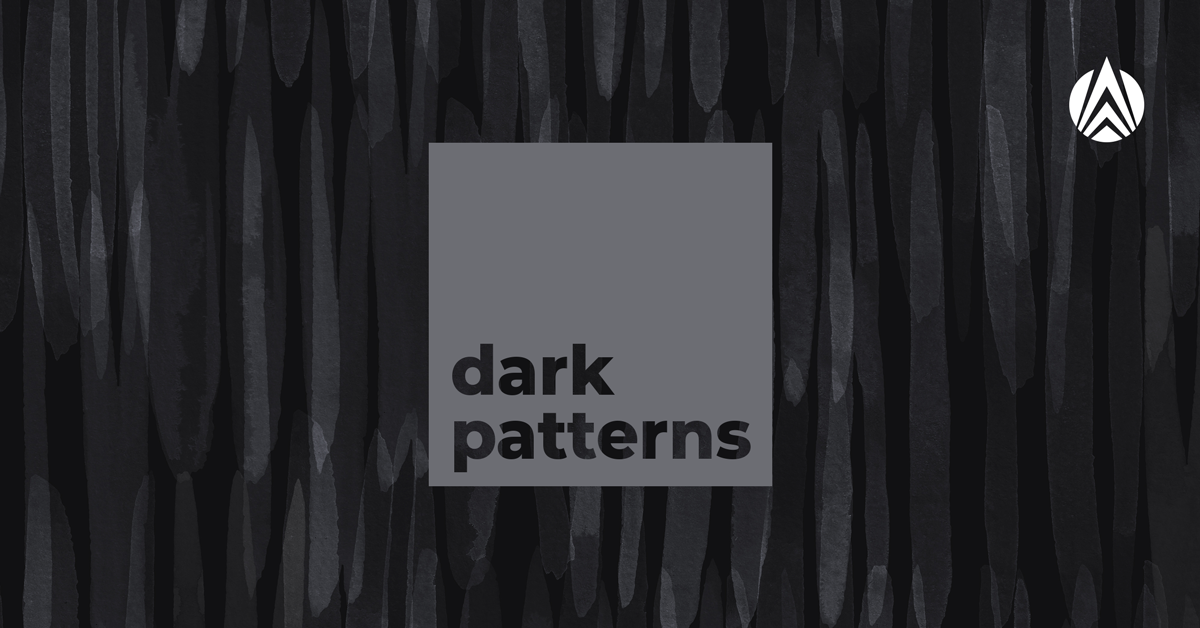Reasons to avoid using dark patterns
There are several reasons why dark patterns should not be used. These include:
- Legal and regulatory issues: Using dark patterns can lead to legal and regulatory issues, such as violation of consumer protection laws or data privacy regulations. For example, dark patterns are illegal in California and are subject to regulations under the Digital Services Act (DSA) in the EU.
- Damage to reputation: Using dark patterns can damage the reputation of a business or brand. Customers who feel misled or deceived are less likely to trust the business in the future. Furthermore, they may share their negative experiences with others, and may write reviews or provide ratings which may reach a much broader audience. This could negatively affect those who rely on user reviews to make a purchase decision.
- Loss of customer loyalty: Using dark patterns can make customers feel manipulated or tricked. This can lead to loss of customer loyalty and retention, as they may seek out competitor brands.
- Decreased customer satisfaction: Customers who feel misled or deceived are less likely to be satisfied with their experience and may develop a negative perception about the business.
- Ethical concerns: Using dark patterns raises ethical concerns. It Is considered deceitful and can diminish a user’s trust in digital interactions and online experiences.
- Long term costs: Using dark patterns can lead to long-term costs for the business in the form of legal fees, loss of customers, damage to reputation, and a negative impact on the bottom line.
- Increased abandonment: If a brand gives users what they want without any tricks and gimmicks, its reach will eventually increase, and even word-of-mouth marketing will come into play. On the other hand, if UX dark patterns are used to trick customers, abandonment will become inevitable. Even big players like Facebook and LinkedIn have been criticized for using dark patterns.
To conclude, it can be said that although using a dark pattern does bring about short-term gains, it leads to losses in the long term. For businesses and brands, it is important to prioritize user’s trust and well-being over immediate financial gain.
A word about DSA
DSA is a regulation proposed by the European Union (EU). The Act aims to address the challenges of the online world and ensure the safety and rights of users online. DSA is intended to address various online issues such as illegal content, online disinformation and harm, and dark patterns. It requires digital services providers to take measures to prevent the spread of illegal content, such as hate speech, materials related to child sexual abuse, and inciting violence. The Act also requires providers to take measures to prevent the spread of disinformation, ensure transparency of sponsored content, protect the rights of users by providing clear and transparent terms of service, and giving users the right to request the deletion of their personal data.
What DSA says about dark patterns
Art. 23a DSA states that:
“Providers of online platforms shall not design, organise or operate their online interfaces in a way that deceives, manipulates or otherwise materially distorts or impairs the ability of recipients of their service to make free and informed decisions.”
Using dark patterns — yes or no
Should we ever consider using dark patterns?
The answer is No. It is not ethical to use dark patterns as they are intentionally designed to deceive or mislead users. These designs are used to manipulate users into taking actions they would not otherwise.
In fact, it is important to prioritize user’s trust and well-being over immediate financial gain. So, Instead of using dark patterns, businesses should focus on providing transparent and fair terms of service, ensuring user’s control over their personal data, and being accountable for the content and activities on their platforms.

